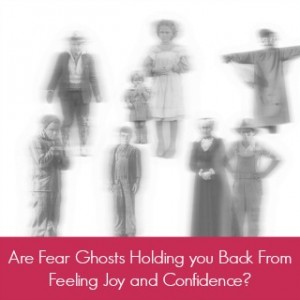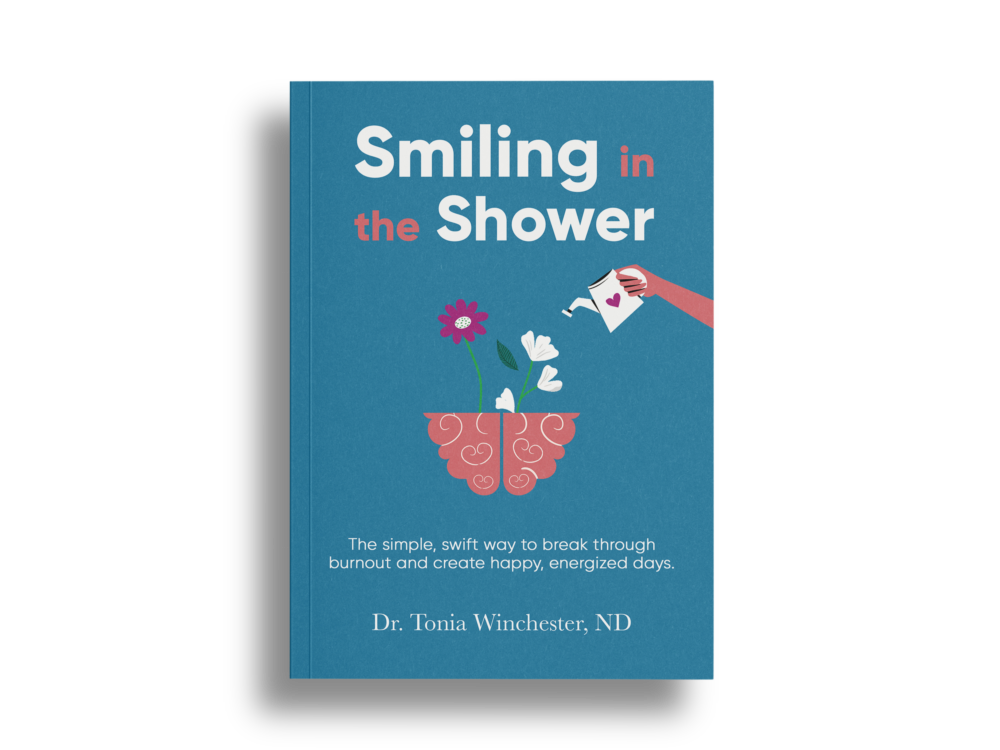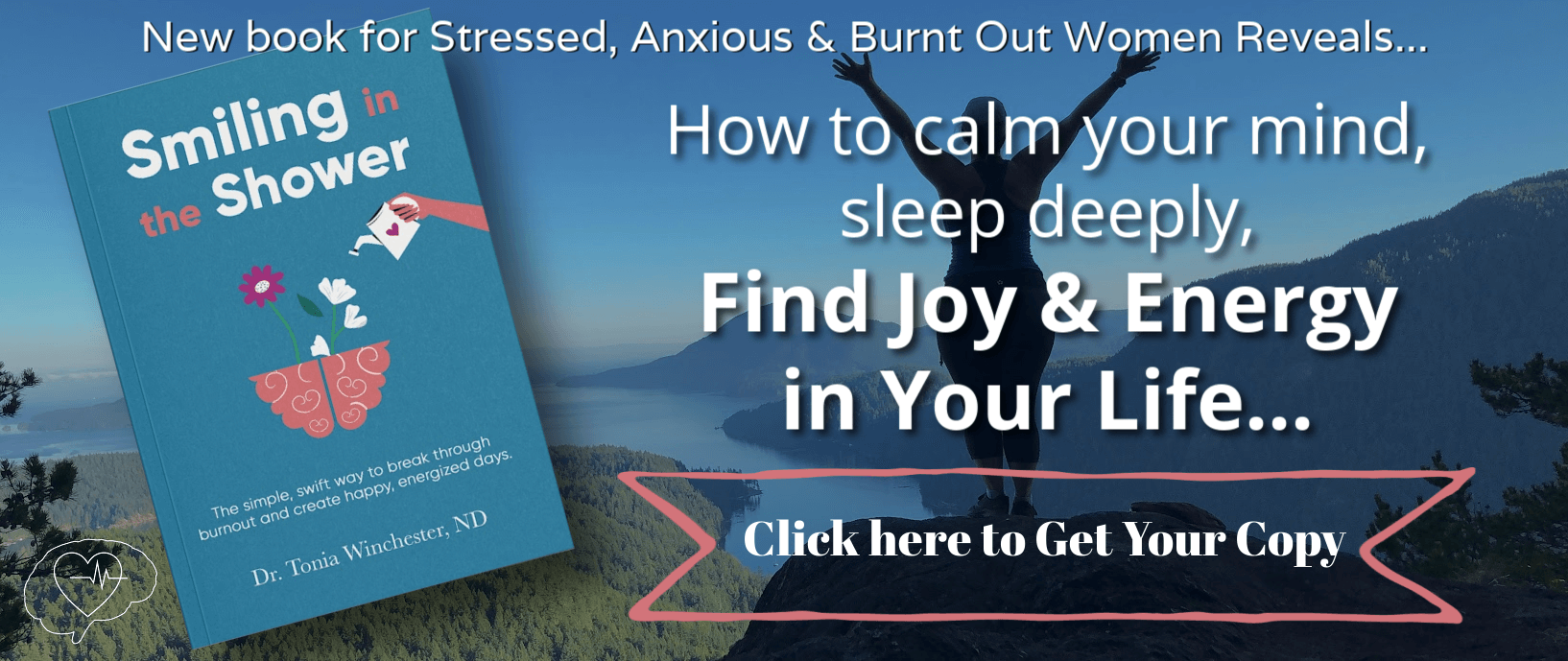
How to Move from Fear To Joy
I recently did a presentation for one of my dear friends, Jodine Buydens**. She is an equine behavior specialist and an equine inspired education facilitator. She works with horses and humans to cultivate safe and enjoyable riding partnerships and potentiate personal growth. She created a 4-part series called, “Calm and Confident for Horse Lovers.” I’m not a horse person (although they are growing on me because of Jodine), so I sat in the 3 preceding lectures so I could present information that would be relevant to the group. .
I sure learned a lot. Do you know horses have hands? I don’t really get it, but they kept talking about it. I was able to deduce that more hands means a bigger horse.
For the 4th session I presented 8 techniques the participants could use to change stress and fear responses in the body, and shift them to joy and confidence, to make for more satisfying relationships with their horses.
So, because you’re my favorite, and I want you healthy, happy, and doing what you love (with or without horses) I’m going to share them with you. YAY!
8 Techniques to Overcome Fear
1. Emotional Freedom Technique (EFT).
This is a fusion of ancient Chinese acupressure wisdom and modern psychology. It is a tapping technique that calms down the reptilian part of the brain in times of real or perceived stress or stressful thoughts. I suggest going to Youtube and searching for: EFT Tapping for ___________ (and fill in the blank with whatever symptom, emotion, situation, or concern you may be experiencing).
The video will be a call and response format where the EFT practitioner will say a phrase and tap on a certain acupressure point. Just follow along, say what they say and do what they do. One of my favorite YouTube EFT practitioners is Brad Yates. He has over 400 videos! You can also hire people do this with you.
2. Cortices Technique.
This is a foundational and fundamental technique in BodyTalk. It connects the body and the brain. It is very grounding and can revive focus and relieve stress.
Here’s how:
A. With closed fingers place one hand at the back of the head (at the top of the neck)
B. With open fingers on the other hand tap gently on the head, making sure that both sides of the head are being contacted. Spend one full breath cycle here.
C. With the closed-fingers hand still in place, move the hand with open fingers to the chest and tap over the breastbone (over the heart). Spend one full breath cycle here.
D. Now move the closed-fingers hand up one hand width and repeat the tapping on the head and over the chest, spending a full breath cycle in each spot.
E. Now move the closed-fingers hand up one hand width (you are going systematically cover the entire surface of the skull) and repeat the tapping.
F. Do this until you’ve contacted the forehead right to the eyebrows.
G. Now take both hands with fingers closed, point the fingers backwards and place them on the sides of the head just above the ears. Inhale and exhale. You can now take both hands and with one simultaneously tap over the head and over the heart.
H. Once you’re comfortable with the movements you can add these instructions which you can say to yourself silently, “Communicate, Integrate, Synergize.”
3. Reframe stress with this TED Talk.
How to Make Stress Your Friend by Kelly McGonigal.
While stress has been made into a public health enemy, new research suggests that stress may only be bad for you if you believe that to be the case. Kelly is a psychologist and suggests we see stress as a positive, and introduces us to an unsung mechanism for stress reduction: reaching out to others.
4. Worry Washing.
I made up this title, but this technique is pulled from The Big Leap by Gay Hendricks. It is a way of transforming worry. Here’s what he suggests in the book:
A. Notice that you’re worrying.
B. Imagine your worry is a something you can just drop (like a lead ball) and just drop it.
C. Ask yourself, “What new positive thing is trying to come into being?”
D. Pay attention to what you notice in your body, and focus on that sensation for as long as you can.
E. See if anything “pops in.” You’ll be surprised about what you may discover.
5. Acupressure.
This can be done preventatively and acutely, in the moment. You can apply a slight amount of pressure just until tenderness and give yourself a micro massage for 30 seconds. Use 2-3 fingers and make little circles over the tender spot. Here are the two acupressure points which are on the Kidney meridian. In Chinese medicine the Kidney energy channel is in charge of fear.
Kidney 27: This point is located immediately on either side of the breast bone, in the first obvious indentation under the collarbone. You may find it is extremely tender. This is the body’s reset button. There is an entire technique involving this point in BodyTalk.
Kidney 16: This point is just an index finger’s width away from the belly button either side.
6. Remedies.
Most of these can be purchased at pharmacies or health food stores. What’s doubly cool is that these remedies can safely and effectively be administered to pets!
Aconite: A homeopathic remedy that is great to take when there has been a sudden fright. Just dissolve the pellet under the tongue as often as needed.
Rescue Remedy: A combination of Bach flower remedies, this is great for anxiety. It comes as a lozenge or throat spray.
Traumeel: This combination of herbs and homeopathic remedies is especially useful when there has been fear, emotional trauma, and a physical injury or accident. It comes as tablets or liquid. There is also a cream version, but the oral options touch more on the emotional components of trauma.
7. Build intuition.
It is important to tune into gut feelings in times of stress and fear to become aware of the best course of action. The tricky thing is that often we’re not tuned-IN to our gut feelings. We need training to be able listen and interpret them. I wrote an article explaining two techniques to do just that:
How to make the right decision.
8. Brain-Based Transformational Coaching Sessions.
A chat about busting through fear wouldn’t be complete without a mention of this wacky, effective work.
General sessions: These sessions can be used for any emotional, physical, mental or even spiritual symptom.
Agenda sessions: These sessions can be used to prepare you for a specific event – say a competition, exam, or family gathering.
You can find out more about Brain-Based Transformational Coaching.
I’d love to hear your thoughts in the comments. What techniques do you use to overcome fear and increase joy and confidence?
Here’s to your thriving, delightful life,
Dr. Tonia
**Jodine Buydens can be found at:
Harmonious Horsemanship and/or Jodine Buydens
I highly recommend reading and re-reading The Big Leap. Check it out here:










I would love to see you in a video showing us how we can do things like the Cortices Technique and follow along 🙂